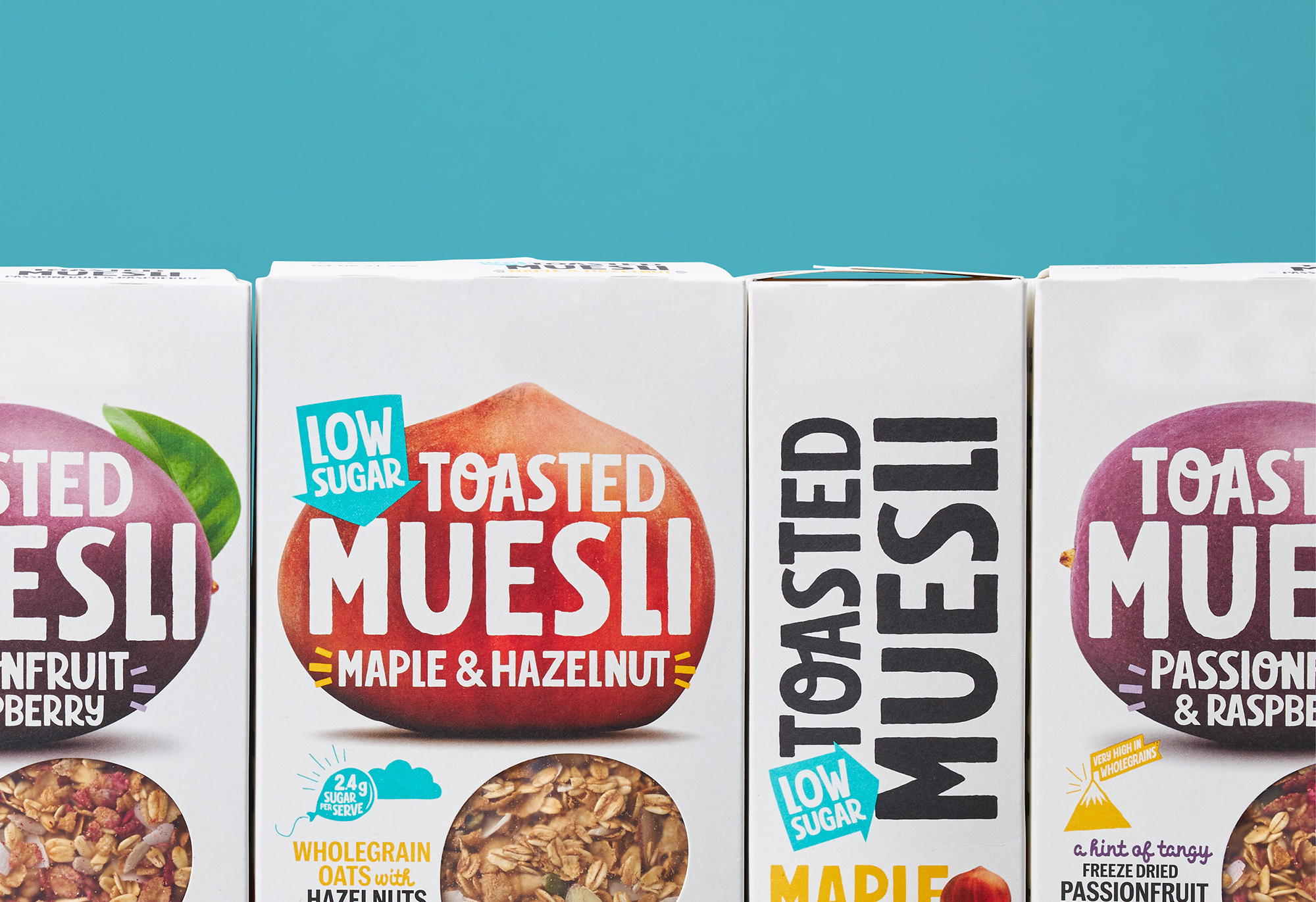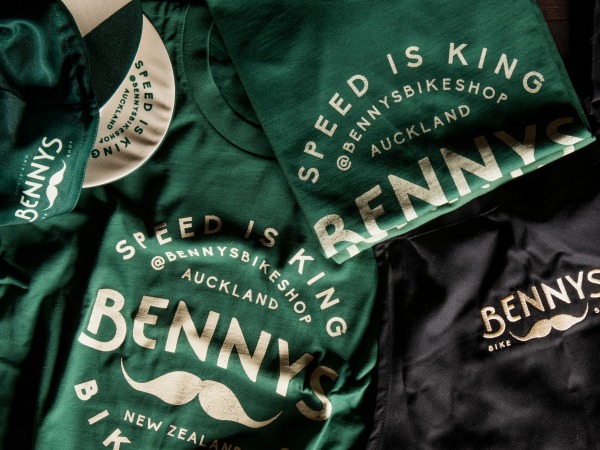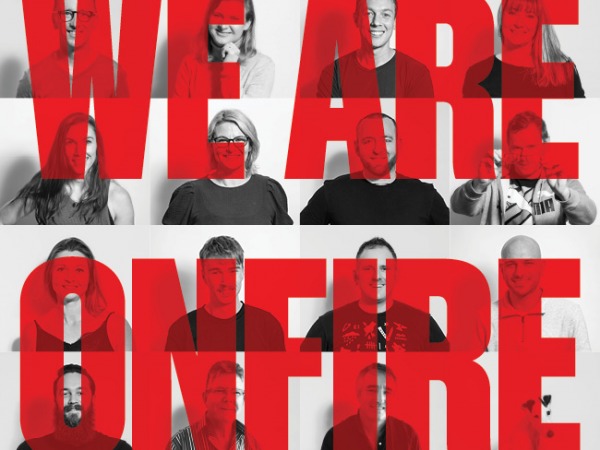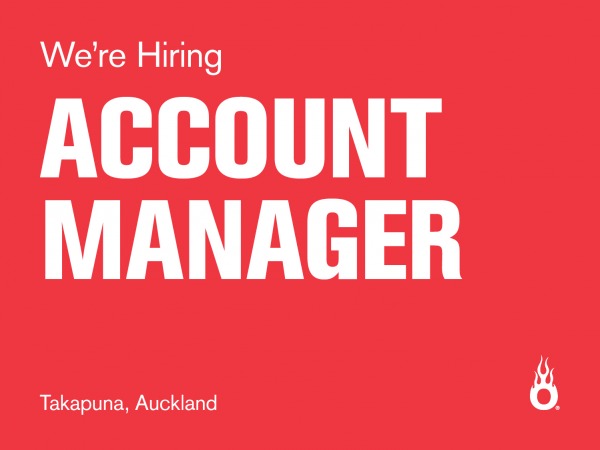Purchasing behaviours and its impact on packaging design

More and more is being understood about the human mind, and what drives purchasing behaviour and brand choice. And these learnings are being used by more marketers (and design agencies like ours) in developing packaging design that works hard on shelf.
Whilst consumers believe they can rationalise and make sense of all of their purchases (believing they have thought every one of them through), in reality, most are driven by the non-conscious (or doing) mind. This part of the mind uses memories and intuition and results in habitual purchasing behaviour, particularly with low-value purchase occasions such as FMCG products.
For instance, when you buy dishwashing liquid – how often do you stop and research all options available vs grabbing the one you bought last time. It’s the one you know and can easily recognise. It’s the one you put in your trolley without the need to overthink it. It's an easy purchase in a world full of other bigger things you really need your brainpower for.
This brand familiarity could stem from when you were a child (the dishwashing liquid your mum always had, bringing back memories of a safe, loving family home) or it could come from a one-off conscious brand choice you made sometime in the past driven by a particular need or goal you had (e.g. Something that was environmentally friendly, something that fitted in the small cupboard space I have). Either way, the brand you have chosen is associated in your mind with familiarity & trust.
Packaging design (from the pack format and shape to the images and text used) helps develop memories in consumers' non-conscious minds that are then connected with other memories (nostalgia, occasions) – all of which make a shopper feel good. That provides both opportunities and watchouts for marketers looking at the packaging design of both existing and new category entrants.
Any changes to an existing brand need to be made carefully and with understanding around the strong and critical elements of a brand's visual language. Any significant changes in the key distinctive brand codes on pack could break the habitual purchase behaviour of consumers as they are forced to reassess their brand (and at the same time could assess alternatives). It could force the conscious mind to make a different brand decision that could then become embedded in the non-conscious mind for future shopping missions.
Consider a few product changes of late: Baileys Irish Cream recently changed their bottle shape away from their iconic squat bottle. Our bet is that all Baileys buyers would have noticed the change and thought a lot more about Baileys as a product than they had for a long time. Our guess is most continued to buy Baileys due to the consistency of the other visual assets and the uniqueness of the product inside.

Compare that to the changes Cadbury made a few years back; different product, smaller bar, different packaging type and format. We have all seen from afar the success Whittakers has had since these changes – habitual buyers of Cadbury were forced to reassess their decision of chocolate brand, and a lot decided to make the switch…and likely have stayed with their new favourite. Too many changes in one product offering at one time, and all viewed as not being as good as the original offering.

At Onfire Design, we take any packaging design briefs seriously and make sure we get an understanding of the strong and important elements of the current design – the parts of the brands visual language that is connected with shoppers. We make sure we treat any changes with respect, and not interrupt the memories they have created with consumers, therefore not losing habitual purchasing behaviour. If you want to talk more with us about the power of pack design in connecting with consumers in your category, call Sam now on 09 480 2036, or reach out at sam@weareonfire.co.nz


